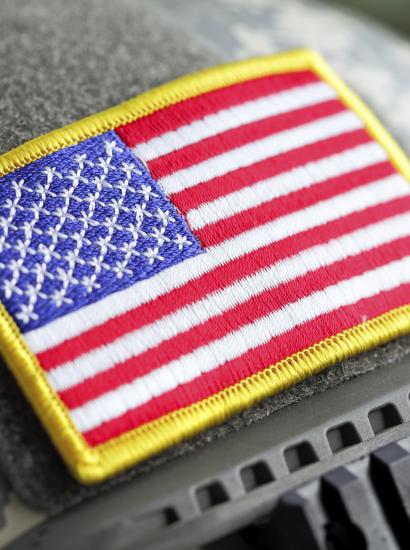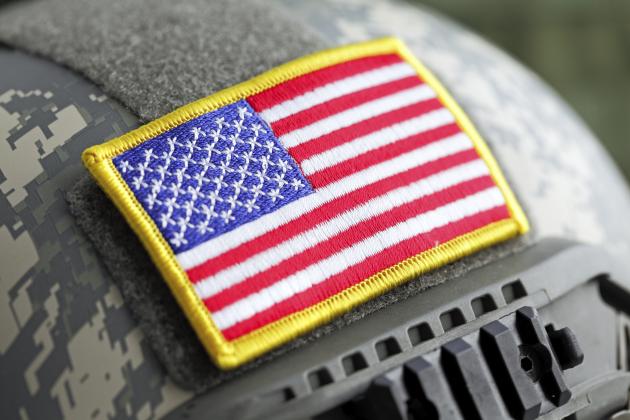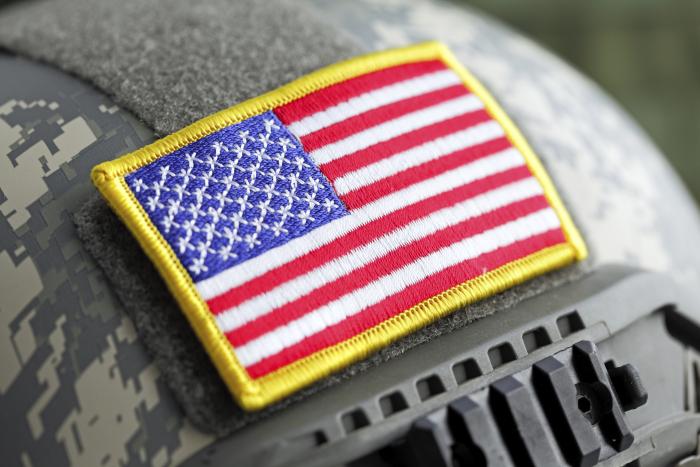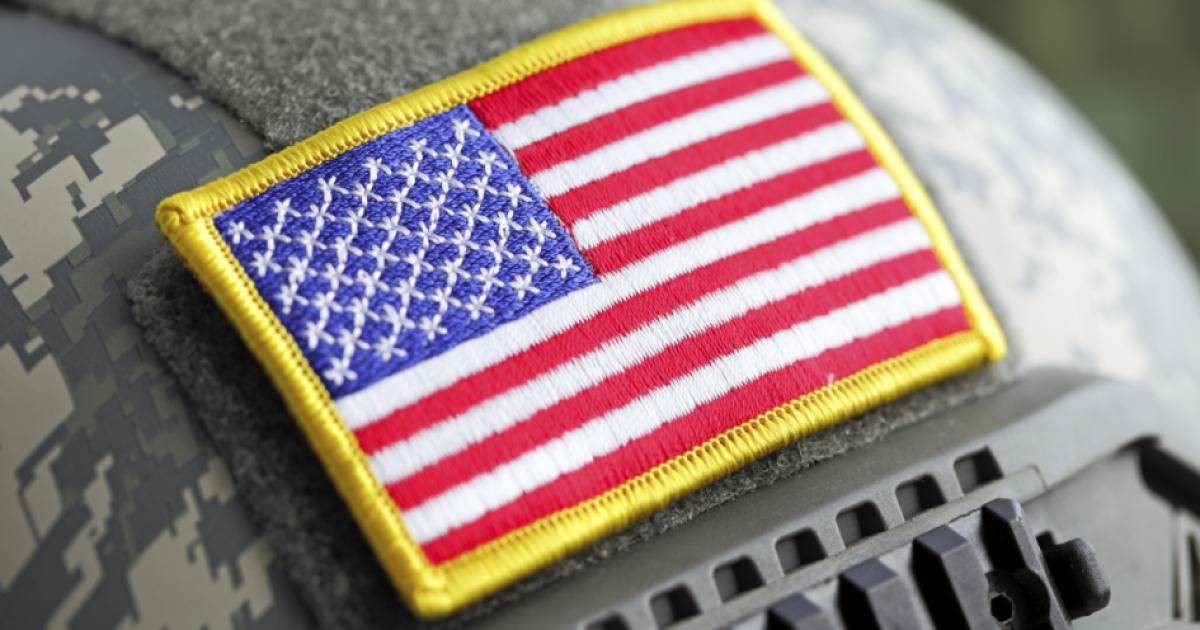- History
Russia’s invasion of Ukraine provides important insights into whether the United States (and more broadly NATO) is politically capable of direct military intervention against a serious threat from a strong state. It is important to properly frame the threat because the character of a nation and its leaders are revealed when the stakes are high.
In their expansive joint manifesto, Messrs. Putin and Xi outlined the world they intend to create: one where their countries would take their rightful places in it. NATO would be diminished. Military capabilities, including nuclear weapons, would no longer be deployed in ways that “threaten Russia and China. Countries formerly part of, or allied with, the Soviet Union would not align with the West. Those already aligned will be re-absorbed by Russia by force, if necessary. Issues such as democracy and human rights would be redefined by Russia and China as their spheres of influence are expanded and the world is compelled to accept their imperial claims. In other words, the Putin-Xi Manifesto is a serious threat to the type of world we want to live in. This clash between tyranny and liberty is, arguably, the moral test of our time and is on display in Ukraine.
One way to examine whether the U.S. would directly engage a strong adversary is through the lenses of deterrence, compellence, and brute force. Deterrence is an attempt to prevent an actor from taking a certain action by conveying that the costs and risks of the action outweigh its benefits. In contrast to deterrence, compellence employs threats and often limited force to persuade an opponent to call off or undo an action already taken. Brute force is the employment of military power to destroy or cripple the military capabilities and selected infrastructure of the adversarial state.
Deterrence
The first test of the Biden administration’s concept of integrated deterrence against Russia failed. Integrated deterrence aims to prevent aggression through the threat of military force and other capabilities, from sanctions to diplomatic talks, coupled with the power of allies and partners around the globe. One reason why deterrence failed is because sanctions and diplomacy alone are not significant threats to dictators like Putin. The United States and NATO placed too much emphasis on non-military tools. Old-fashioned hard power and the willingness to use it remain essential for effective deterrence.
A second reason why deterrence failed is a calculation Mr. Putin made about the strength of American political and social culture. Progressive politicians and historically uninformed voters led to policies that were culturally and economically harmful. While policies to reduce carbon emissions are necessary, elevating this issue to the “greatest moral challenge” of our time resulted in economic damage and put national security at risk. Additionally, racial tension and perceived inequality coupled with vitriolic partisan discourse diminished the United States on the global stage. The United States failed to prioritize the threats to its national security, instead devoting too much time to peripheral issues.
Finally, Russia’s assault on Ukraine was made easier by President Biden when he ruled out U.S. direct involvement. America signaled an unwillingness to take risks to protect a democratic ally. Effective deterrence requires accepting risk. Rather than telling Putin what the U.S. would not do, President Biden could have said that the United States is fully committed to stop Putin from conquering Ukraine. That NATO is united like never before, and committed to holding Putin accountable, will not deter nor stop the carnage. The objective must be to stop Putin, restore Ukraine’s territorial integrity, and help the Ukrainians chart their own future. Putin should be concerned about the West’s next move more than the West agonizes over Putin’s next move. Being intimidated by Putin and fearing what he might do contributed to deterrence failing.
Compellence
Compellence is a more difficult task than deterrence. The reasons for the failure of deterrence will obviously affect the ability to compel. Accordingly, it seems unlikely that compelling Russia to reverse course will succeed. However, Mr. Putin miscalculated, at least partially. His goals of diminishing NATO and carving out an international leadership role for Russia are, for now, unattainable. NATO, reacting to the shock over Russia’s military assault, has begun a wholesale remake of their defense policies, deepening alliances and swelling budgets. The U.N. General Assembly met in emergency session to condemn Putin’s actions by a vote of 141-5 with only Russia, Belarus, Eritrea, North Korea, and Syria opposing the measure. Thirty-five countries abstained from voting, including China. Nearly 40 countries have asked the International Criminal Court to investigate potential Russian war crimes. Finland and Sweden, not members of NATO, have aligned with the West against Russia and now have achieved NATO membership. Even Switzerland discarded its five centuries of neutrality to sanction Russia and provide support to Ukraine.
The United States and NATO have delivered more than 17,000 antitank weapons and thousands of air defense weapons over the borders of Poland and Romania, and more are being sent. The speed and size of the transfer of war materials is unprecedented. What previously took months or years to execute has taken days because everyone knows it is a desperate race against time. Additionally, NATO intelligence organizations are merging all source intelligence data about the disposition of Russian military units and quickly transmitting the intelligence to Ukrainian military units for action. Also, operating from bases around Eastern Europe, United States Cyber Command’s “cyber mission teams” are ready to interfere with Russia’s digital attacks and communications.
Furthermore, the United States and allies have implemented a series of sanctions to isolate Russia from the global financial system and undermine its capabilities to sustain military operations. These sanctions add to those Washington levied on Russia following its annexation of Crimea in 2014. Washington is working with allies to lock up the wealth of sanctioned Russian individuals and companies. At the same time, the U.S. Commerce Department has restricted exports of high-tech products to Russia with the aim of reducing its military capabilities. Finally, the European Union (EU) and allies outside of Europe, including Australia Taiwan, and Japan, have placed their own sanctions on Russian banks and on selected Russian individuals. Germany took the additional step of halting certification of the Nord Stream 2 gas pipeline. Putin’s aggression has accomplished the impossible––bringing Europe, the United States (including Democrats and Republicans), and most of the world together, against Russia. Putin has generated the opposite of what he sought.
Still, the actions taken by the international community against Russia have not halted the killing of innocent civilians in Ukraine. Historically, sanctions alone have failed to force rogue states to change course. In other words, if these actions were designed to compel Putin to stop military action and reverse course, they are not working. And rhetoric to “hold Putin accountable” rings hollow. It accepts the carnage and signals action after the fact. This is neither inspiring nor satisfying rhetoric. Sanctions will make the war more costly to Russia and may eventually generate public disaffection, but they are unlikely to impact what happens on the ground in Ukraine, the only place that matters.
Brute Force
The direct use of military force by the United States and NATO against Russian forces in Ukraine has been a red line not to be crossed. This red line is understandable. Any direct actions that may lead to the use of nuclear weapons is, as many say, simply not worth the risk. In fact, soon after the invasion began, Putin reminded the world that Russia is a powerful nuclear state threatening “consequences you have never faced in your history for anyone who tries to interfere with us,” a clear nuclear threat. But deterring the use of nuclear weapons was successful during the Cold War. Deterring nuclear warfare is based on the premise that the probability of a nuclear exchange is greatly decreased when two countries each have nuclear weapons because rational actors want to avoid nuclear wars. The second strike or retaliatory aspects of nuclear deterrence theory should limit offensive nuclear saber-rattling. In other words, nuclear weapons are, supposedly, not offensive weapons. They only become offensive when a retaliatory strike is perceived as not being credible. President Biden warned that Russia would pay a “severe price” if it used nuclear or chemical weapons in Ukraine. It is unclear what “severe” means considering the failed attempts at deterrence, and so far, compellence. The West is fearful of provoking Putin, but whether Putin resorts to using nuclear or chemical weapons depends on factors out of anyone’s control. Furthermore, the logic behind the fear of nuclear war would also apply regardless of where Putin goes next. In other words, the red lines are an invitation for further escalation and future Russian military adventures beyond Ukraine’s border. This logic applies to other nuclear armed adversaries as well.
Ukrainian forces have fought valiantly and inflicted tens of thousands of casualties on the Russians. It is entirely possible that the Ukrainians’ use of brute force will ultimately defeat the Russians. So far and likely out of frustration, the Russians have responded to Ukraine’s aggressive defense of their homeland with indiscriminate bombing and shelling of civilian neighborhoods, city centers, and other public places. The Ukrainians’ ability to thwart Russian actions will be significantly reduced if the Russians figure out how to interdict the supply corridors used to deliver weapons, ammunition, and other vital supplies to Ukrainian fighters. In the meantime, civilians are being targeted, the butcher’s bill is rising, and the world is watching.
Conclusions
This essay has sought to determine whether the United States would undertake a large overseas military intervention against a nuclear armed adversary using the war in Ukraine as a case study. So far, the evidence shows that while the United States has fought wars twice against Iraq, and most recently against the Taliban in Afghanistan, it will not directly face off against a strong nuclear power unless, presumably, attacked first. The policies and actions that led to failures in deterrence and compellence demonstrate this point. Though unified, the United States and its NATO allies have remained on the sidelines cheering and providing material support to Ukraine. The willingness to directly engage a powerful foe, and perhaps the expertise, are problematic.
Where the threshold for direct confrontation lies is unclear. But an understanding of what is at stake should determine the threshold for direct intervention. In the narrowest sense, Ukraine is a democratic ally whose very existence is being threatened by an authoritarian dictator in Russia. In a broader sense, the war in Ukraine is about the type of world we want to live in. It is about the post-World War II rules-based order. Mr. Putin is dictating events and, so far, the U.S. and NATO are going along. His successes in Crimea and Syria, and the weak international response, were likely important factors in the decision to invade Ukraine. What ultimately happens to Ukraine will influence future actions by Russia, China, and other powerful adversaries.
Political realism does not require, nor does it condone, indifference to political ideals and moral principles. However, it does require an understanding of the distinction between what is desirable and what is possible. Framing any fight in moral terms is essential. If this cannot be done, do not go to war. Soldiers and citizens need to understand what they are fighting for. Moral clarity precedes strategic clarity. The United States and its allies did not clearly articulate the purpose and justice behind the wars in Iraq and Afghanistan when doing so should have been easy. Lost wars resulted. Lincoln and Churchill understood the importance of framing the fight in moral terms to justify the high cost of war and to sustain the effort. The risks they accepted were in line with the stakes. Once the purpose of the Civil War and World War II was framed in moral terms, good policy and strategy followed, support was complete and unconditional, and great risk was accepted. Compromise on moral ideals becomes unacceptable. Current policies and strategies to sanction, to affect financial transactions, and to minimize the disruption of oil and gas supplies, ignore the morality and justice of the cause. These actions do not inspire. If the United States is a great power, it has failed to act like one.
U.S. and NATO leadership have either failed to grasp the nature of the Russian threat or have opted to not confront it, thus mortgaging the future of democracy. If Putin’s war results in advancing Russia’s conception of security, all will be lost. Defeating Russia and restoring Ukraine’s territorial integrity are necessary. President Zelensky and the Ukrainians chose to fight for democracy. Their resistance is saving the West perhaps more than the West is saving Ukraine. The courage of the Ukrainian people and their President, and the severity of the threat to all democracies, demand confronting the bear. If Ukraine loses, who will we be when this war is over?

















